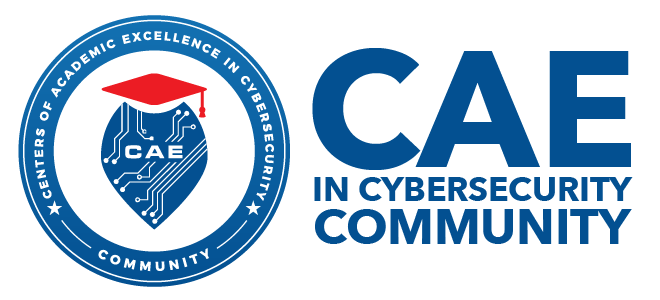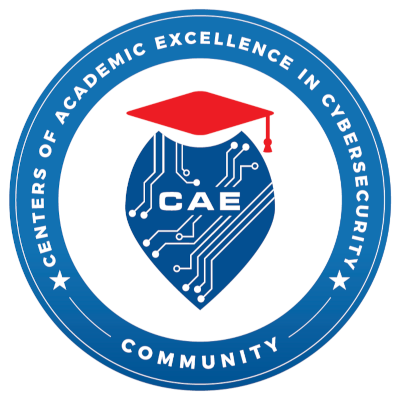Advanced Persistent Threats as Case Studies for Cybersecurity Education
Advanced Persistent Threat (APT) is a class of network attacks when attackers utilize malware or stealthy tools to hide their actions in a network and systems over a prolonged period so that they can eventually achieve strategic goals such as causing substantial damage to the victim organization by data exfiltration. Although APT has long been a research subject, it continues to be a serious threat for many organizations.

